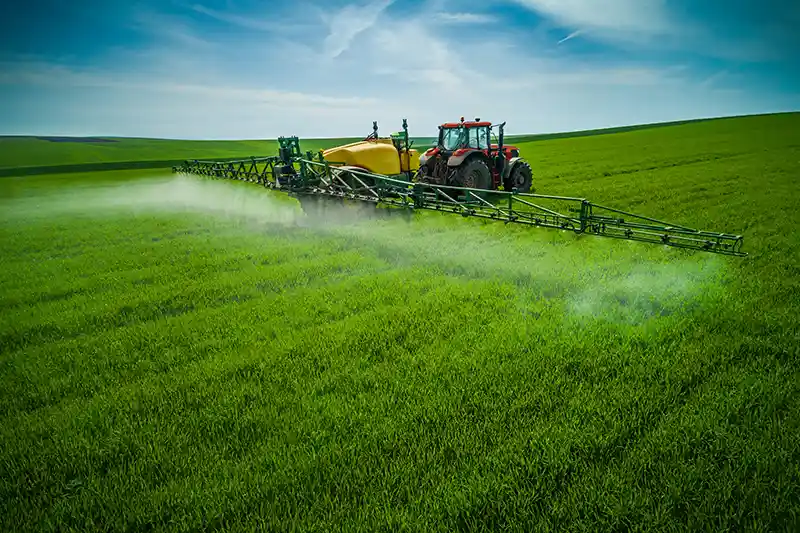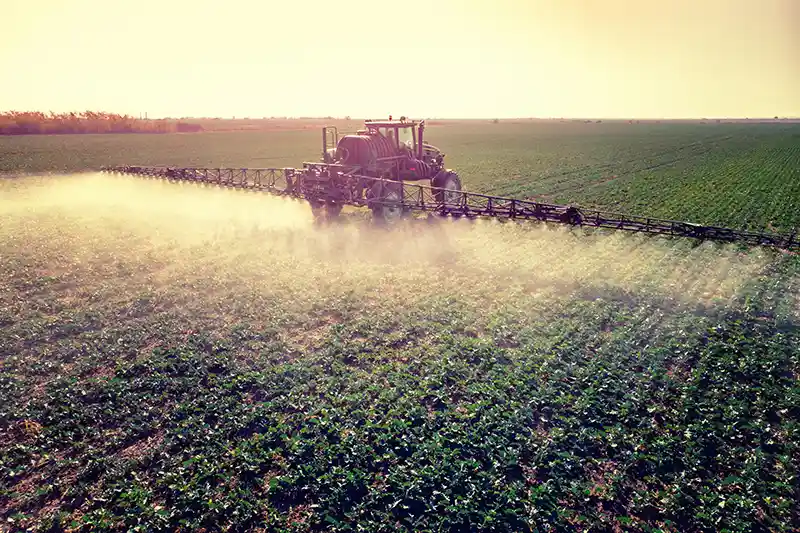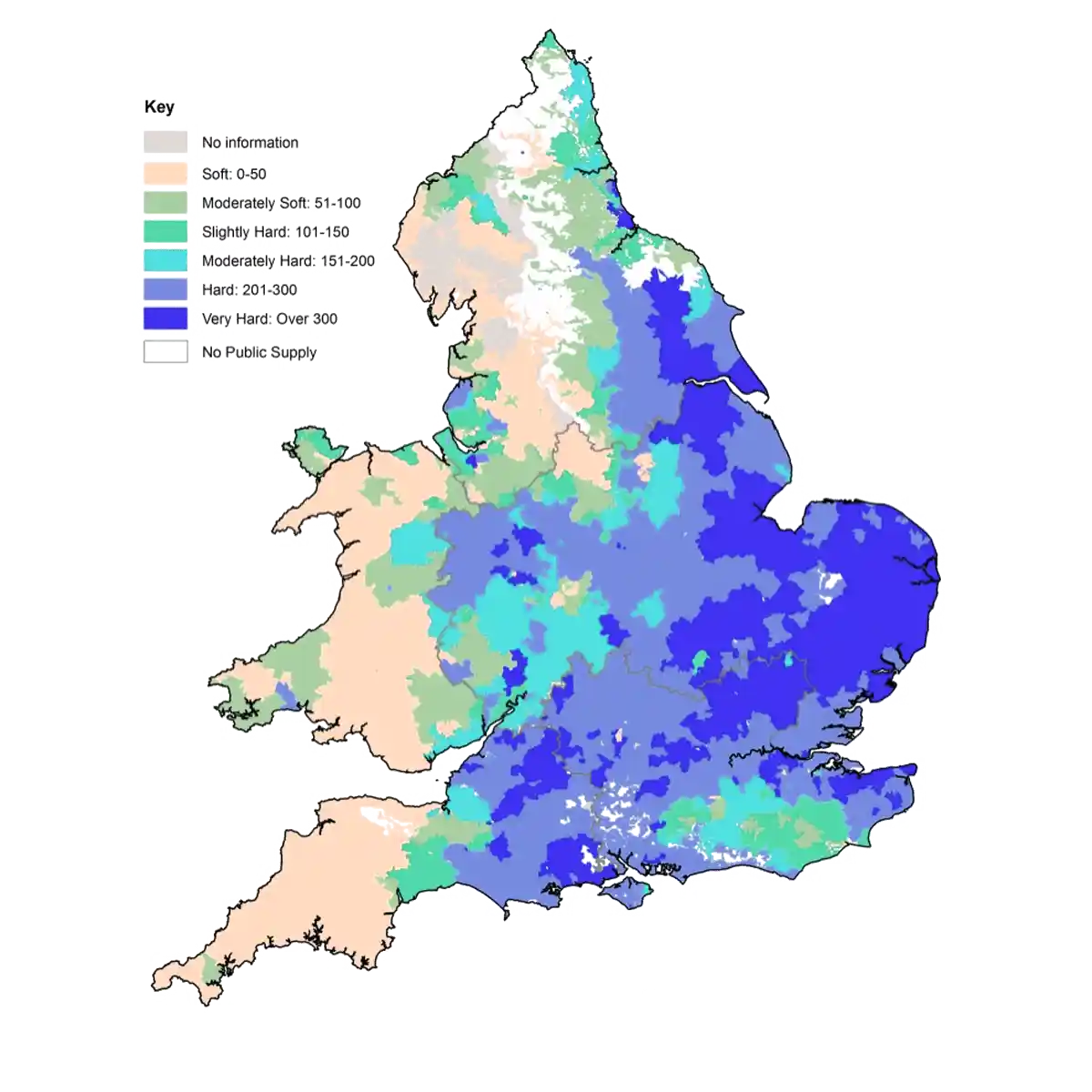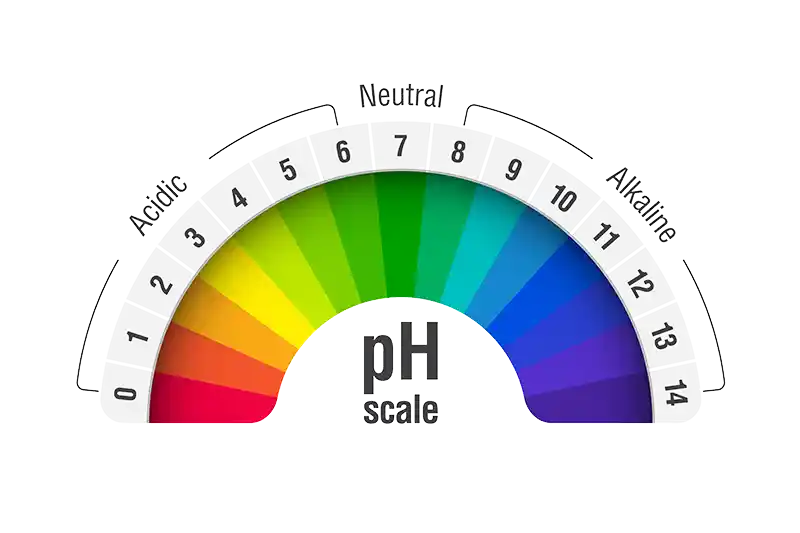
Water Conditioners
A market leading range of spray water conditioners to deal with water quality issues.
Click here to visit our information hub and download our guide on Glyphosate Stewardship here!
A market leading range of spray water conditioners to deal with water quality issues.
Click here to visit our information hub and download our guide on Glyphosate Stewardship here!
De Sangosse introduced the first true water-conditioner, X‑Change and have since further developed a market leading range of spray water conditioners to deal with water quality issues which can stop the loss of pesticide performance.
Water quality is too often overlooked as an important factor in optimising pesticide performance, and water quality varies enormously in terms of:




Water used for spraying may reduce the amount of available active pesticide in the spray solution in two ways;

Hard water has a high concentration of dissolved minerals. Water gains the property of hardness as it percolates through the soil profile and its parent material dissolving the minerals present into their constituent ions .
Where the ion carries a negative charge they are known as anions. Where the ion carries a positive charge they are know as cations, and it’s the presence of calcium (Ca²⁺) and magnesium (Mg²⁺ ) that give the greatest contribution to water hardness.
Many areas of the UK have a hard water supply, and these areas correlate with the main combinable crop production regions of the UK. This is also the area that the greatest % of crop protection products are used and why water hardness is so important to consider.
Visit our new informational hub packed with useful resources like our Glyphosate Stewardship Guide. You can get the low down on the importance of clean water and the role it plays in glyphosate efficacy and download your copy of our guide by following the link below.
Visit the Hub
Alkaline water has a high pH. This is to say that the pH is more than 7.0.
As pH increases numerically, the hydroxyl (OH⁻) ion concentration increases accordingly, and it’s OH⁻ ions that are responsible for the degradation of susceptible pesticides. The higher the pH value, the more rapid the degradation of susceptible pesticides.

We continually strive to innovate and adapt our extensive product range according to the needs of UK farmers, which means we are continually updating our technical information. As such we do not store product information on our website.
For information, please complete the request form below.
For product labels, MSDS, or technical literature on De Sangosse products please fill out the request form below
Employees
Continents
International Subsidiaries
Countries Serviced